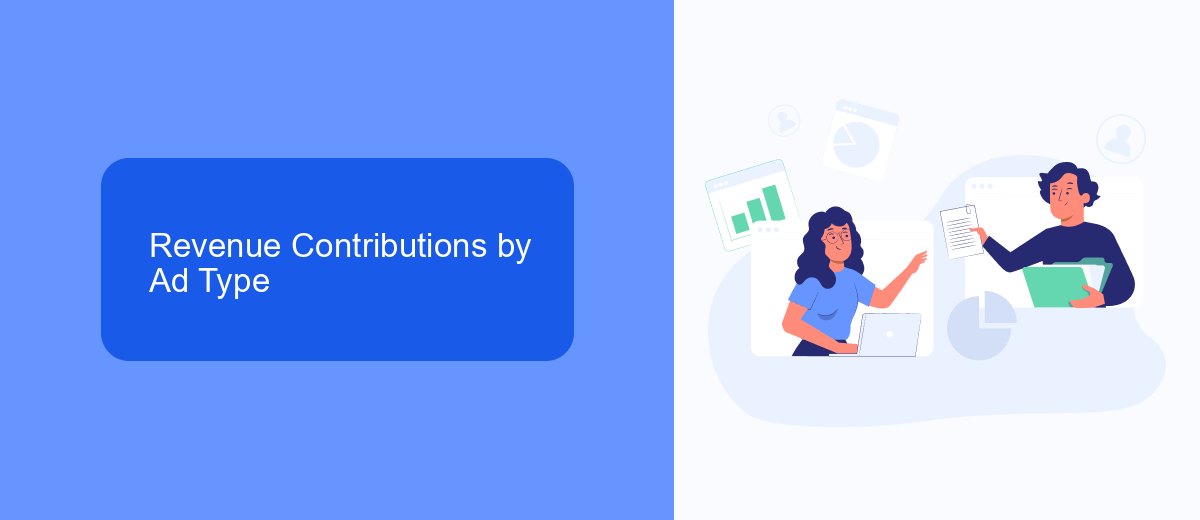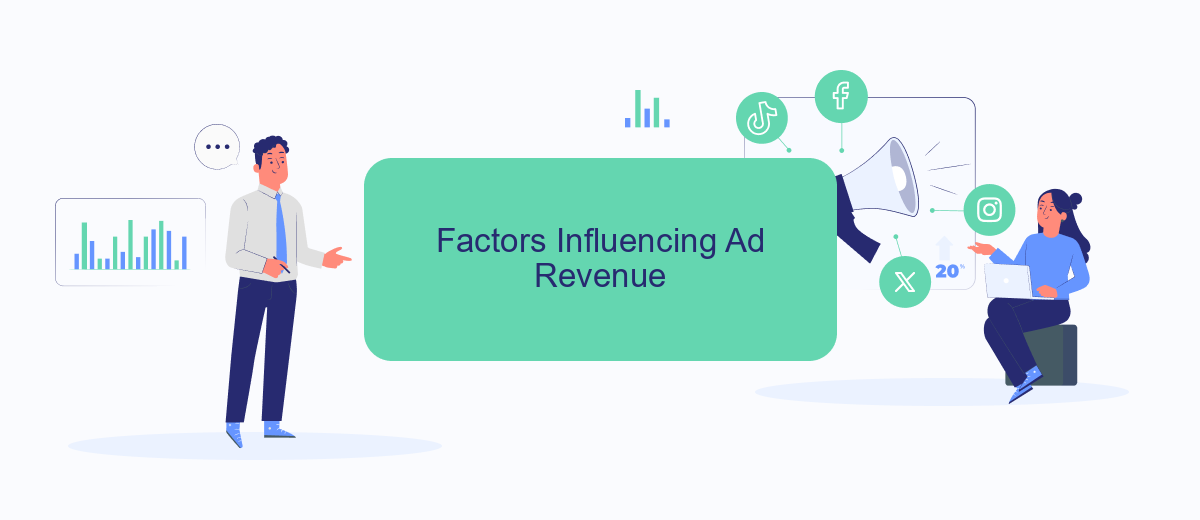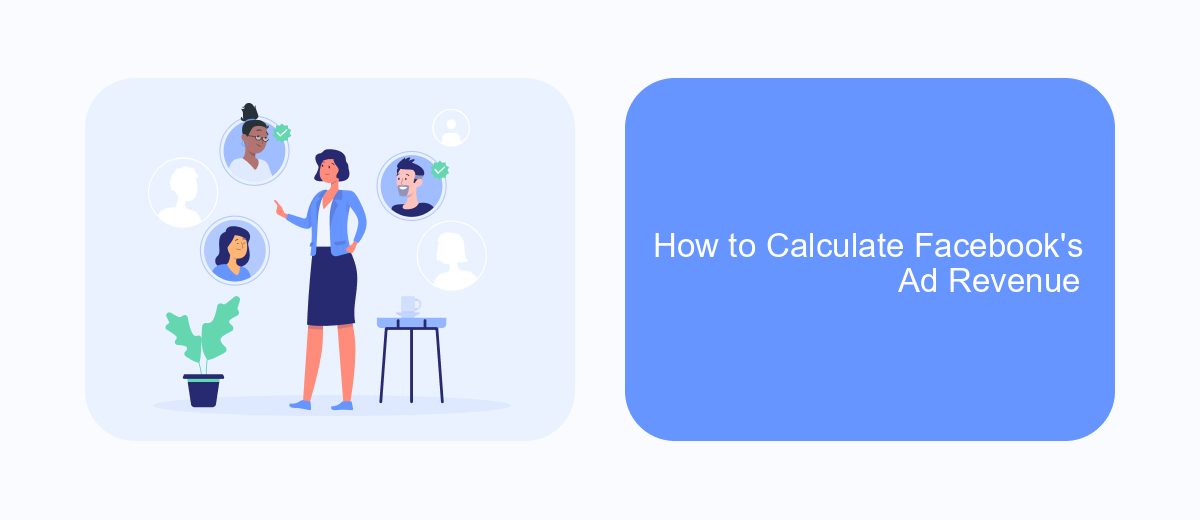Facebook, now known as Meta Platforms Inc., has solidified its position as a titan in the digital advertising world. With billions of active users and sophisticated targeting algorithms, the platform generates substantial revenue from ads. This article delves into the financial data to reveal just how much Facebook earns from its advertising operations and what drives this massive income stream.
Facebook's Advertising Revenue Model
Facebook's advertising revenue model is primarily based on its ability to deliver highly targeted ads to its vast user base. The platform collects extensive data on user behavior, preferences, and demographics, which allows advertisers to reach specific audiences with precision. This data-driven approach enhances the effectiveness of ad campaigns and maximizes return on investment for advertisers.
- Targeted advertising based on user data
- Ad placements across Facebook, Instagram, and Audience Network
- Advanced analytics and reporting tools
- Integration with third-party services like SaveMyLeads for automated lead management
By leveraging these features, Facebook provides a robust advertising ecosystem that caters to businesses of all sizes. The integration with services such as SaveMyLeads further streamlines the process, allowing businesses to automate lead capture and management, ultimately driving more efficient and effective ad campaigns. This comprehensive approach ensures that Facebook remains a dominant player in the digital advertising landscape.
Revenue Contributions by Ad Type

Facebook's advertising revenue is primarily driven by a variety of ad types, each contributing differently to the overall income. Display ads, which include image and video ads, are among the most significant contributors. These ads are highly engaging and visually appealing, making them effective for capturing user attention and driving clicks. Sponsored posts and stories also play a crucial role, seamlessly integrating into users' feeds and stories, thereby enhancing user experience while generating substantial revenue.
Another notable contributor is Facebook's advanced targeting options, which allow businesses to reach specific demographics, interests, and behaviors. This precision targeting enhances ad performance and increases ROI for advertisers. Additionally, services like SaveMyLeads help businesses integrate their Facebook ad campaigns with other platforms, streamlining lead management and improving conversion rates. By automating lead data transfer, SaveMyLeads ensures that businesses can efficiently follow up on potential customers, thereby maximizing the revenue generated from Facebook ads.
Factors Influencing Ad Revenue

Facebook's ad revenue is influenced by a variety of factors that range from user engagement to technological advancements. Understanding these factors can help businesses optimize their ad strategies and maximize returns.
- User Engagement: The more time users spend on the platform, the more ads they are likely to see, directly impacting ad revenue.
- Targeting Capabilities: Advanced targeting options allow advertisers to reach specific demographics, increasing the likelihood of ad interaction and conversion.
- Ad Formats: Diverse ad formats, such as video, carousel, and stories, provide advertisers with multiple ways to engage users, thus boosting ad revenue.
- Market Demand: High demand for ad space can drive up prices, thereby increasing revenue.
- Integration Services: Tools like SaveMyLeads facilitate seamless integration with various CRM systems, helping businesses streamline their ad campaigns and improve efficiency.
By paying attention to these factors, businesses can better navigate the complexities of Facebook advertising and achieve more effective outcomes. Leveraging integration services like SaveMyLeads can further enhance the overall efficiency and effectiveness of ad campaigns.
How to Calculate Facebook's Ad Revenue

Calculating Facebook's ad revenue involves understanding several key components of their advertising ecosystem. Facebook's primary source of revenue comes from selling ad space to businesses, which is then displayed to users based on various targeting parameters.
To estimate Facebook's ad revenue, you need to consider the following factors: the number of ads served, the cost per ad, the click-through rates, and the overall engagement metrics. These elements combined give a rough estimate of the revenue generated from ads.
- Number of ads served: The total number of advertisements shown to users.
- Cost per ad: The average price advertisers pay for each ad impression or click.
- Click-through rates: The percentage of users who click on the ads.
- Engagement metrics: Additional data on user interaction with ads.
For businesses looking to streamline their ad management and integration processes, services like SaveMyLeads offer valuable solutions. SaveMyLeads can automate the transfer of leads from Facebook ads to various CRMs and other platforms, ensuring that businesses can efficiently track and optimize their ad performance.
Earnings Projections and Growth Potential
Facebook's advertising revenue has shown consistent growth over the past decade, driven by its robust targeting capabilities and extensive user base. Analysts project that Facebook's ad revenue will continue to rise, with an estimated annual growth rate of 15-20% over the next five years. This growth is fueled by increased ad spending from businesses seeking to leverage Facebook's advanced analytics and targeting features, as well as the continuous expansion of its user base globally.
Moreover, the integration of services like SaveMyLeads enhances Facebook's advertising potential by streamlining lead generation and customer relationship management. SaveMyLeads allows businesses to automate the process of capturing leads from Facebook ads and integrating them into various CRM systems, thereby improving efficiency and conversion rates. As more businesses adopt such integrations, Facebook's ad revenue is expected to see further growth, solidifying its position as a dominant player in the digital advertising market.
- Automate the work with leads from the Facebook advertising account
- Empower with integrations and instant transfer of leads
- Don't spend money on developers or integrators
- Save time by automating routine tasks
FAQ
How much revenue does Facebook generate from ads annually?
What percentage of Facebook's total revenue comes from ads?
How does Facebook's ad revenue compare to other social media platforms?
What types of businesses benefit most from advertising on Facebook?
How can businesses optimize their Facebook ads for better performance?
SaveMyLeads is a simple and effective service that will help you automate routine tasks and optimize business processes. Stop wasting time uploading leads from Facebook manually – you can do it automatically, saving a lot of time and money. Eliminate routine from workflows and achieve more with minimal investment of money, effort and human resources.

